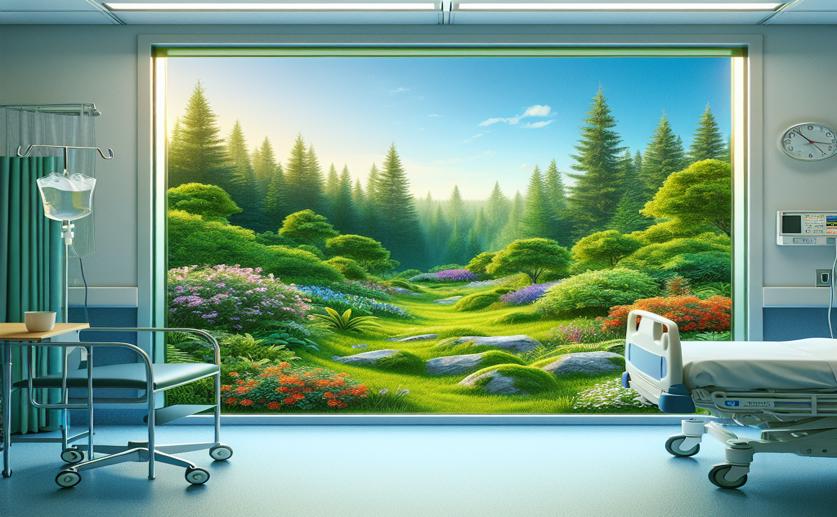
How Nature Views Affect Hospital Recovery Times
David Palenski
31st January, 2024

Image Source: Natural Science News, 2024
EnvironmentHealthMental Health
References
Main Study
1) The Influence of Exposure to Nature on Inpatient Hospital Stays: A Scoping Review.
Published 30th January, 2024
https://doi.org/10.1177/19375867231221559



 24th January, 2024 | Greg Howard
24th January, 2024 | Greg Howard